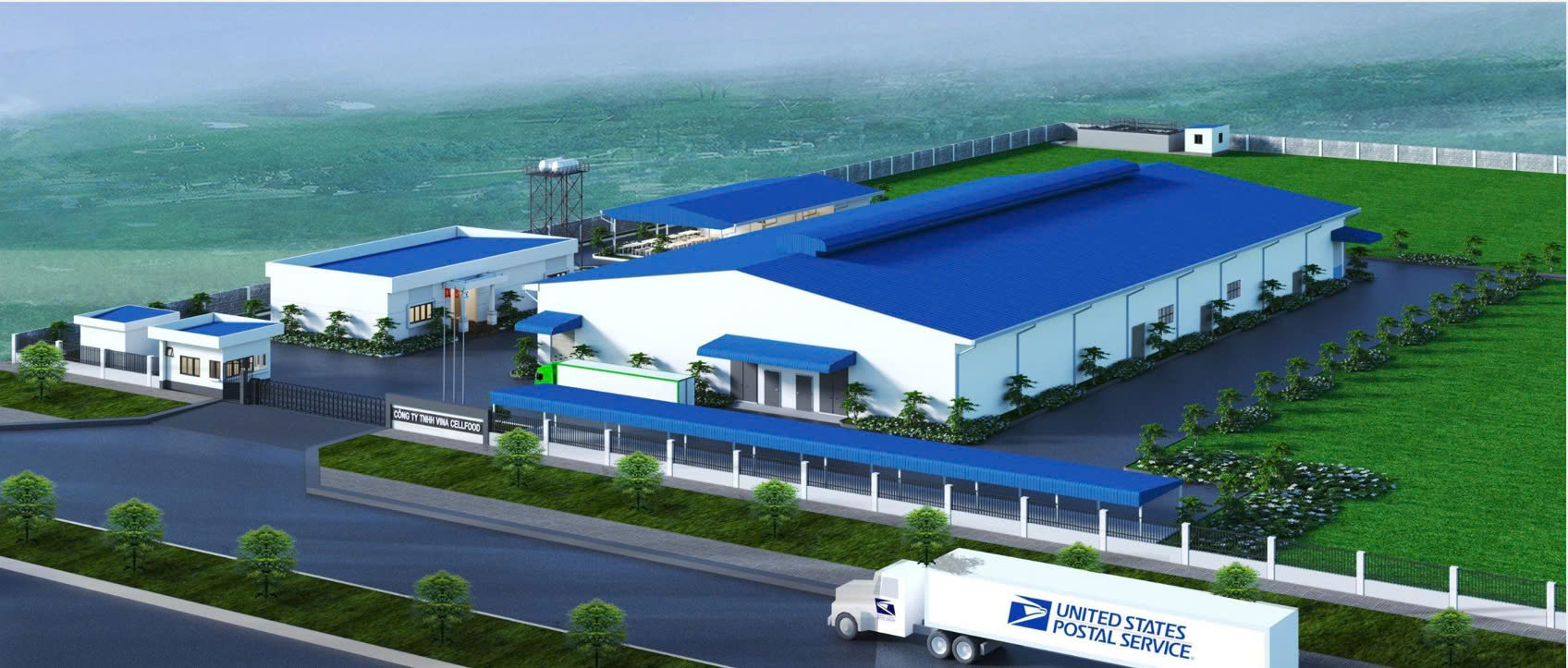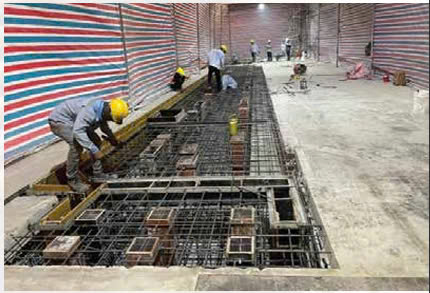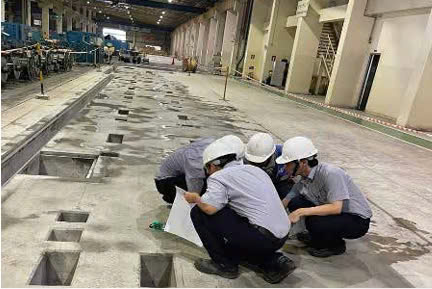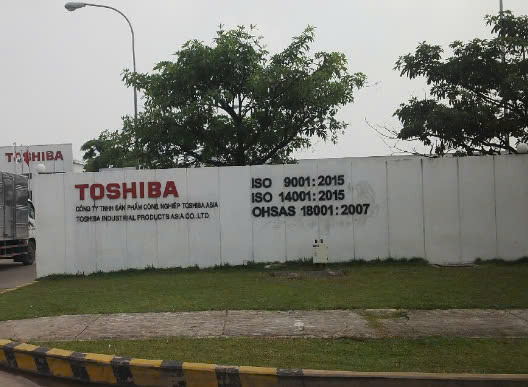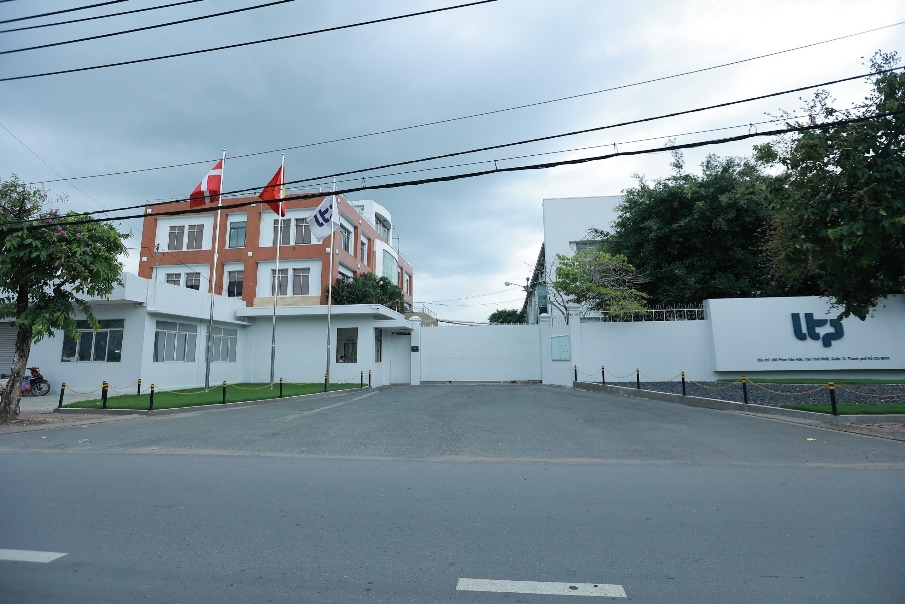1. Reasons for renovating the factory floor
The factory background is an important factor, which directly affects the entire production activity. Over time, factory floors can deteriorate due to many reasons such as: the impact of machinery, large loads from goods, water seepage, or simply due to extreme weather. These problems not only affect the life of the building but also have a negative impact on occupational safety.
Renovating the factory floor also brings aesthetic benefits. A sturdy and clean renovated factory floor will make a good impression on customers and partners, and also improve the working spirit of employees.
2. Assessment of the current condition of the factory floor
Before carrying out the renovation, the first step is to carry out an assessment of the current condition of the factory floor. Vitecons needs to conduct a survey to determine the extent of damage, cracks, subsidence, or signs of water infiltration. This assessment will help identify areas that need improvement, as well as find the root cause of the problem.
3. Selection of renovation methods
Based on the evaluation results, Vitecons will have appropriate renovation options. Some of the methods that can be applied include:
- Foundation reinforcement: Use materials such as reinforced concrete to reinforce weak foundation areas. This not only helps to improve the durability of the foundation, but also minimizes the risk of future subsidence.
- Surface repair: If the ground surface is only slightly damaged such as cracks or breaks, repairs can be carried out using special cement or waterproofing materials. This helps to restore the substrate surface and protect it from harmful agents.
- Refresh the foundation: In case the factory floor is too degraded and cannot be repaired, completely replacing the foundation is the best option. It is necessary to choose a high-quality base material, which has good bearing capacity and effective waterproofing.
4. Design and construction
After choosing the method, the next step is to design the details and carry out the construction. Detailed drawings need to ensure feasibility and comply with technical standards. The construction process needs to be closely monitored to ensure the quality and progress of the work.
5. Evaluation of post-renovation effectiveness
After the renovation is completed, it is necessary to conduct an efficiency assessment by monitoring the operation of the factory foundation for a certain period of time. The stability of the foundation, load capacity, and surface condition will be important factors to determine the success of the project.
The renovation of the factory floor at TOKYO ROPE VIETNAM CO., LTD. by Vitecons not only brings technical benefits but also demonstrates the company's professionalism and commitment to product quality as well as the working environment of its employees. This is a necessary step to ensure sustainable and long-term development for both the factory and the business.
